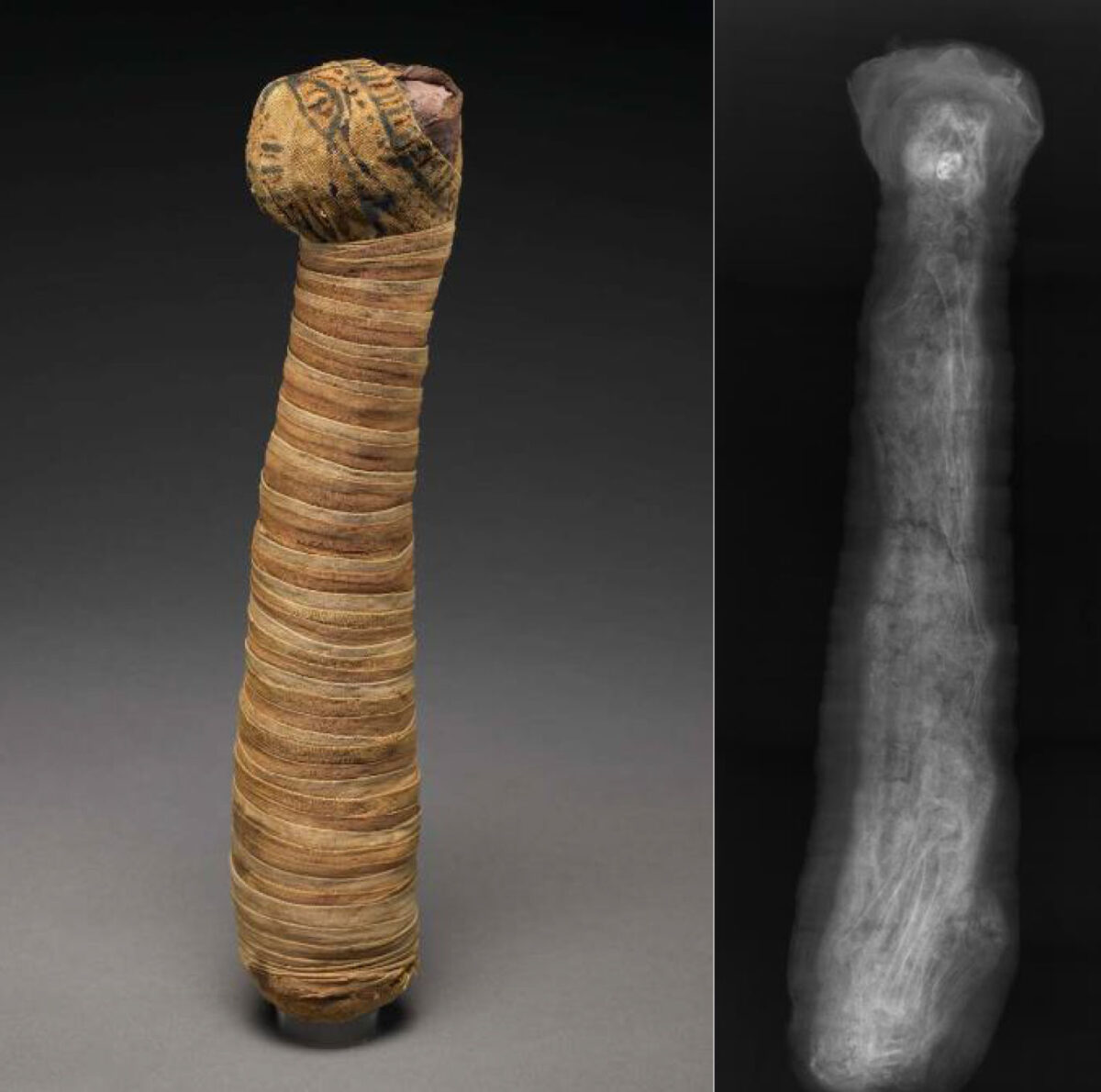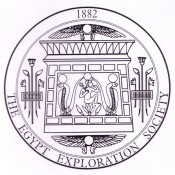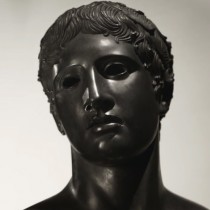The Annual Egyptological Colloquium will take place at the British Museum, London, on 31 October-1 November 2024.
Animal mummies offer a unique window into the lives, beliefs and religious practices of the ancient Egyptians. The millions of animal mummies found across Egypt attests of a well-established tradition that facilitated a connection with the divine. Most gods were associated with one or more animals, including cats, ibises, snakes, shrews, crocodiles and the many other species that have been found mummified. The sheer scale of the mummification industry had significative cultural and social ramifications that probably impacted the local and national economies.
Despite an extensive body of research, many aspects of this practice remain relatively little-known, particularly how it varied over time and by region, as well as the religious, economic and social ramifications of the practice. This colloquium aims to bring together the latest research on animal mummies, from religious beliefs to practical techniques, by combining ancient textual sources, new scientific analyses and recent archaeological fieldwork.
We invite contributions that explore the significance of embalming animals in Egypt, as well as possible regional variations and the chronological developments of animal mummification. Papers addressing new insights into the practice and its meaning, as well as the use of new analytical techniques, are particularly sought. Participants are also invited to submit papers on the following themes, using appropriate examples and case studies:
-Concepts underlying the practice of animal mummification in ancient Egypt
-Written sources for practice, methods and beliefs
-Studies showing regional and/or temporal variations, as well as how the procedure might have varied according to animal species
-The materiality of embalming, from tools and objects used by the practitioners, to coffins and other objects associated with the tradition
-Studies focusing on how the animals were imported and bred, and conditions in which they were kept (in life or in death)
-Research on natural and man-made products used in mummification
-The impact of the recent discoveries on our understanding of the practice
-How new technologies can inform this research
This call seeks submissions for papers (in English, 25 min followed by 5 min for questions) that consider the above themes. Submissions will be assessed by a colloquium committee (see below).
The keynote lecture presented by Prof. Salima Ikram will take place on the evening of 31 October. The lecture will be followed by a reception.
This open call will close on 15 April 2024. Submissions should be emailed to [email protected], with name, institutional affiliation, title, an abstract of 200 words and one image with caption. Applicants will be informed of the outcome in Spring 2024. Travel bursaries will be available to support some participants’ attendance. It is intended that the colloquium will result in a publication.
Colloquium committee
Marie Vandenbeusch, Curator, Department of Egypt and Sudan, British Museum
Salima Ikram, Distinguished University Professor of Egyptology, American University in Cairo
Paul Nicholson, Professor, Department of Archaeology and Conservation, Cardiff University
Julie Anderson, Curator, Department of Egypt and Sudan, British Museum
Dan O’Flynn, Scientist, Department of Scientific Research, British Museum





